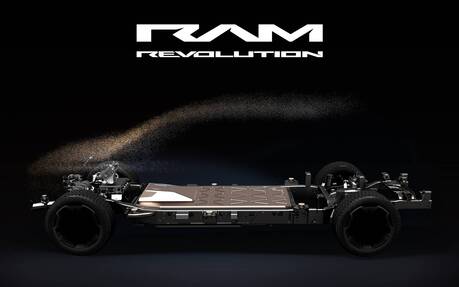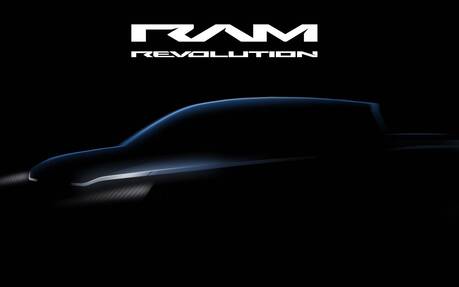Ram Wants Your Help Designing Its Future EV Pickup
Want to be part of the EV revolution? Ram today introduced a new program called “Ram Revolution” to help the brand design and develop its first fully electric pickup, which is slated to launch in 2024.
“Launched as a stand-alone truck brand in 2009, Ram revolutionized the pickup truck segment once, and is laser-focused on doing so again with the best electric trucks on the market,” said Ram CEO Mike Koval Jr. “Our new Ram Revolution campaign will allow us to engage with consumers in a close and personal way, so we can gather meaningful feedback, understand their wants and needs and address their concerns—ultimately allowing us to deliver the best electric pickup truck on the market with the Ram 1500 BEV.”
- Also: 2021 Ram 1500 TRX: Because Why the Heck Not
- Also: 2022 Ram ProMaster is More Connected, EV Variant Coming a Year Later
Via the new RamRevolution.ca hub, you can learn about the brand’s EV philosophy, receive updates and engage in an ongoing dialogue that will include the opportunity to provide input as Ram EV trucks are developed.
As part of today’s Ram Revolution announcement, we also have two images of a concept vehicle. The first one doesn’t reveal much except for the possible lighting signature up front.

The second picture shows the STLA Frame EV—one of four EV architectures that parent company Stellantis is working on—and the battery nestled in the middle. With a capacity of over 100 kWh, range is projected to be close to 800 kilometres based on the WLTP standard.
In addition to an electric pickup, Ram plans to launch an electric ProMaster van in 2023. These models will arrive well after the Ford F-150 Lightning and E-Transit, but better late than never. Koval has promised a full portfolio of electrified solutions that will “push past what the competitors have announced and what our customers expect.”
As for the design, Stellantis CEO Carlos Tavares addressed the Tesla Cybertruck-shaped elephant in the room during a media roundtable last year.
"We want it to be futuristic, but we do not want to forget about our customers,” he said. “It's not just about creating a ‘wow’ effect, it's about remembering that truck owners want convenience. They have specific functional needs, and we have no intention to forget that—the payload, the towing, the roominess. We have an opportunity to see what the other guys are doing and possibly beat them.”
